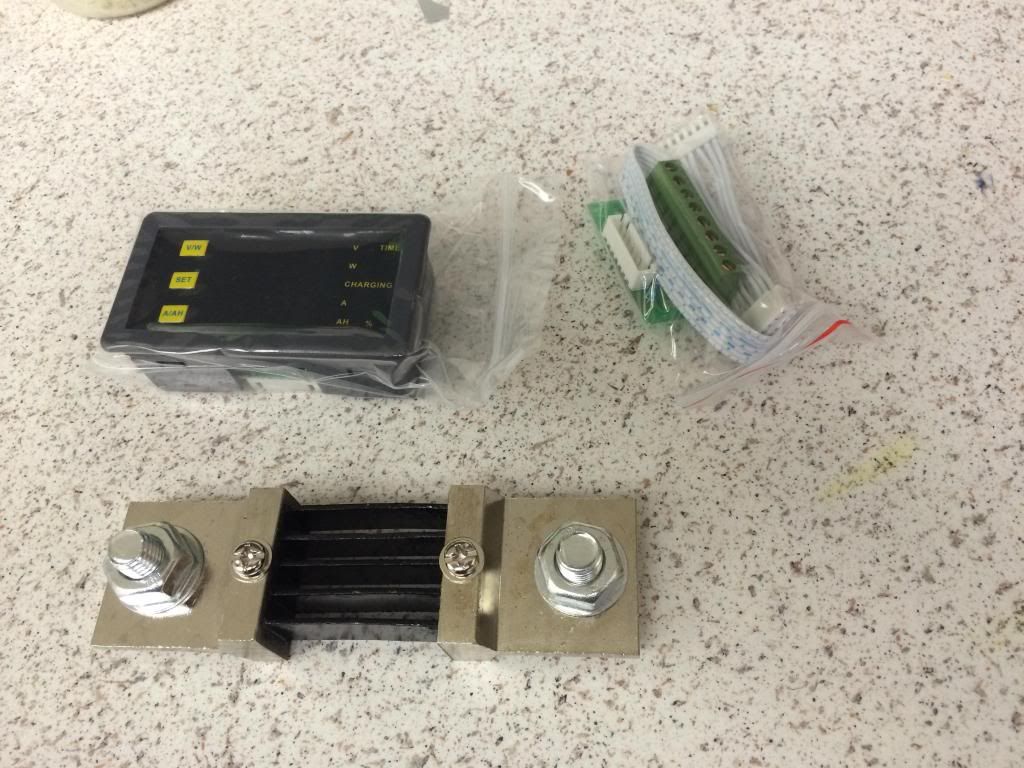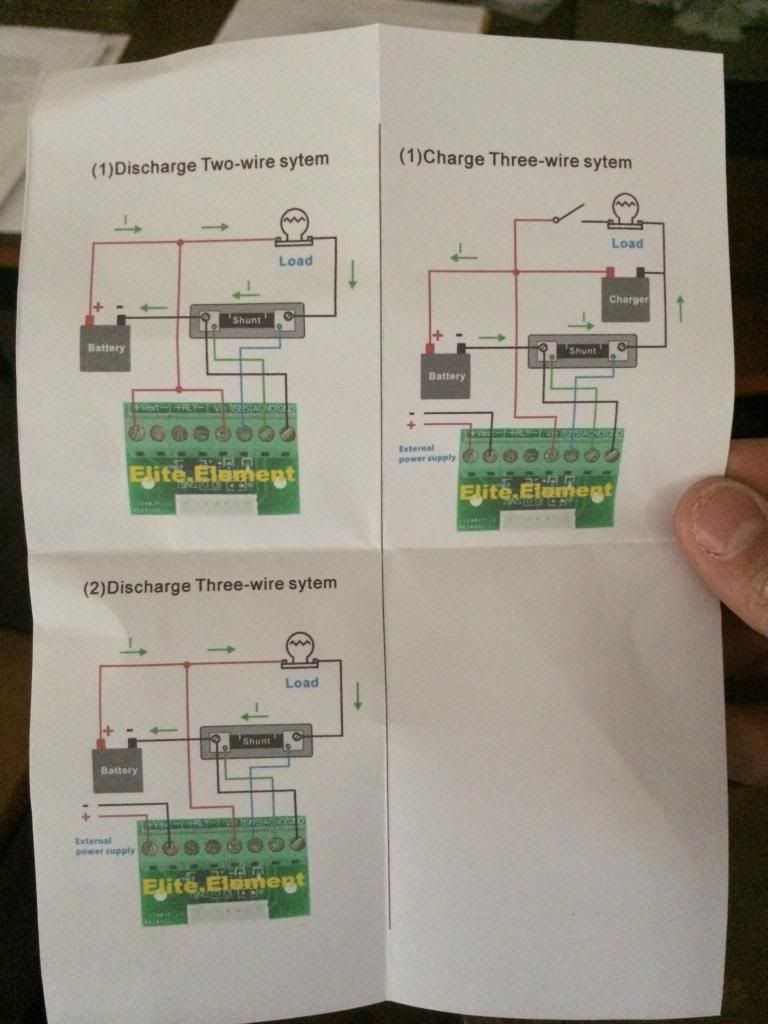Hank MI wrote:
It's not a true ammeter that measures current flow. The shunt provides a known amount of resistance. The meter is connected to the negative and positive battery leads so voltage potential is known. It's also connected to both side of shunt to measure voltage drop across the shunt. By knowing voltage potential and voltage drop you can calculate amperage.
Not quite right. This meter is a true ammeter and measures DC current like most units do - by measuring the voltage drop across a known resistor. You can pretty much guarantee that all units that insert themselves in series with the circuit do this. (The exception are hall effect meters and may or may not require breaking the circuit.)
This meter does not need to know what the battery voltage is, and doesn't use it in the calculations.The shunt resistance is known so the IR drop display is equal to the current flowing through the shunt - scaled to match actual values. This we agree on.
So why does this have to be on the negative side? Couple of reasons.
- The A-D converter is single ended and the low end is ground referenced. It does not have a differential input, and if it did both inputs would still be limited to the operating voltage of the chip.
- the A-D converter has a max input voltage, which if exceeded will blow the chip. Usually it's the operating voltage of the chip which here might be 5V or even 3.3V. If the input to the A-D is attached to a shunt on the positive side of the battery, the input to the A-D is +12V, even with no current flowing. On the low side the input is zero volts at zero current draw and from there goes up with current. I don't know what this shunt is rated for but lets say it's a 200A/75mV shunt, meaning when 200A is flowing the drop measured is 75mV. That's what the A-D would see.
If this display were operated from an independent power supply, one that does not share any connection with the circuit being measured - then you can put the shunt on the positive side of the battery. In this case there is no common mode problem. This is why handheld DMM's don't care which side you hookup.



